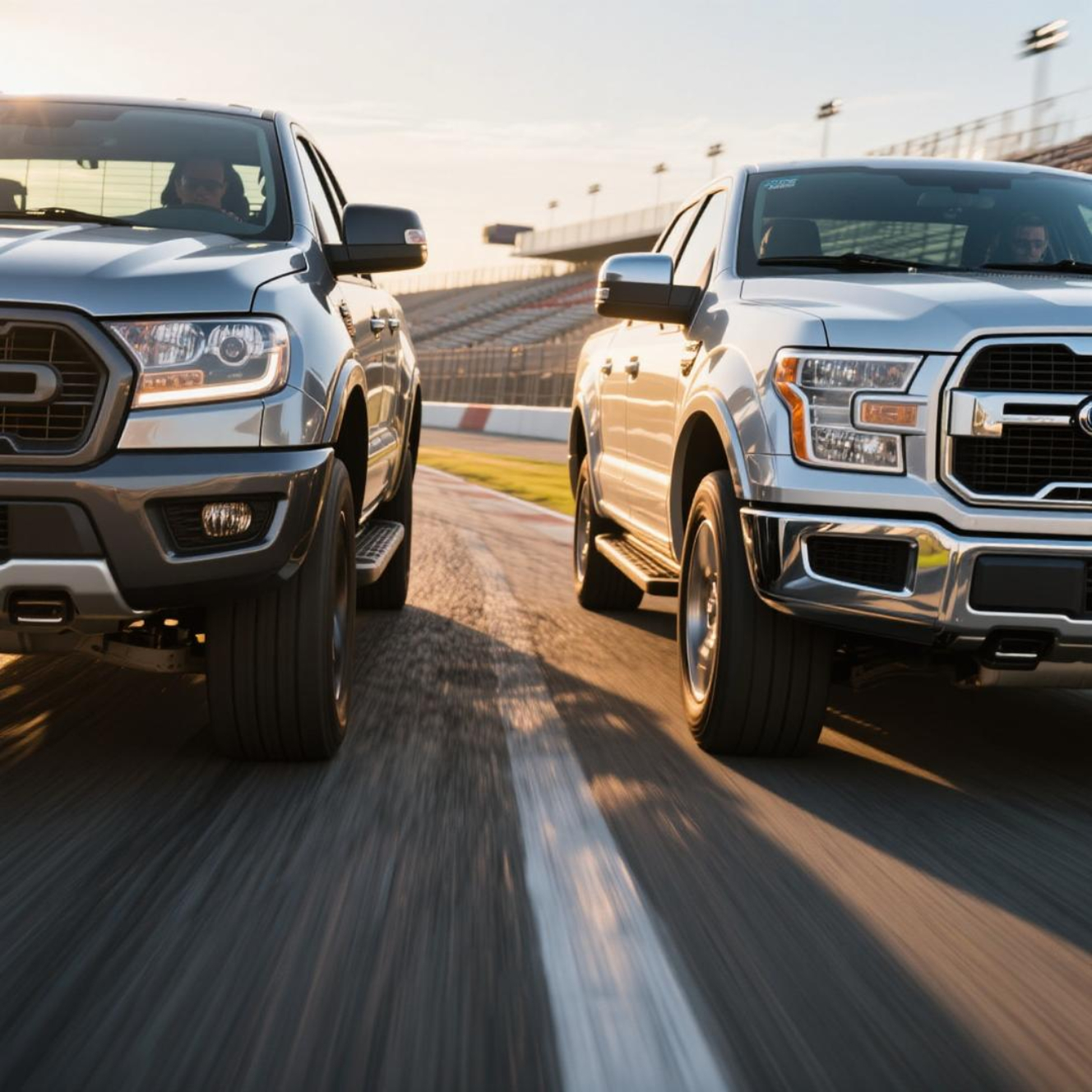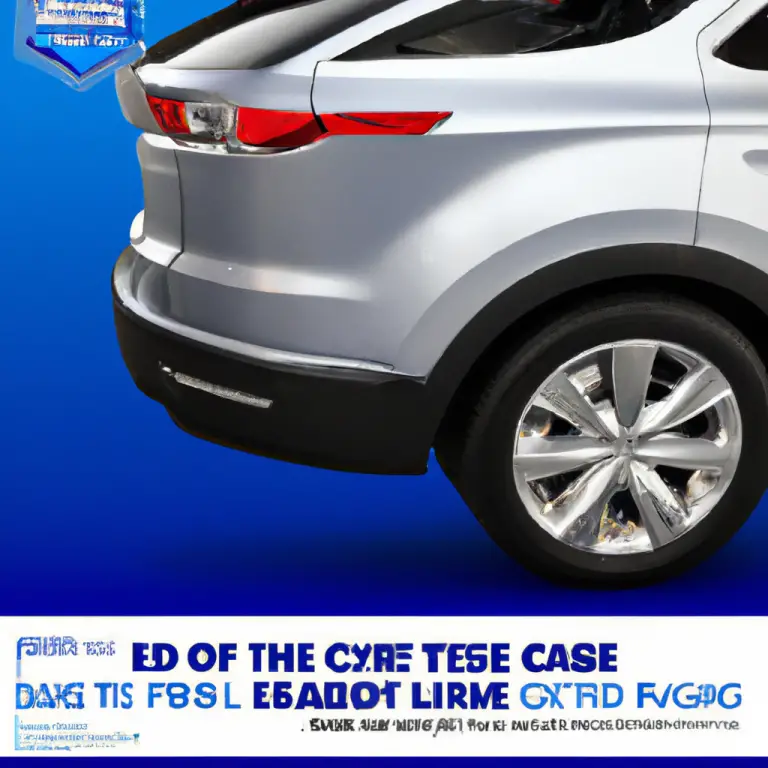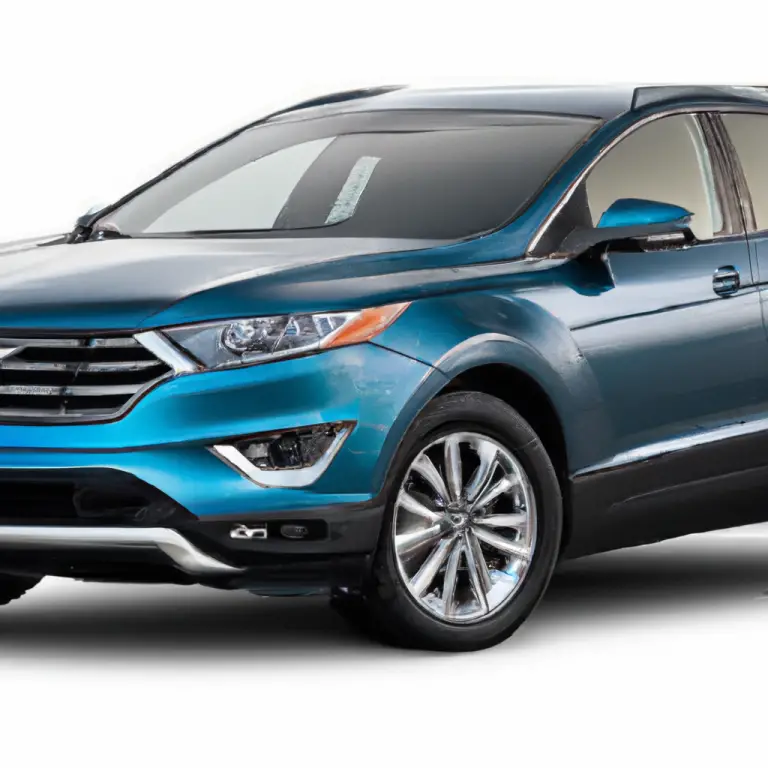Ford Ranger Vs F-150: 7 Key Differences Every Buyer Must Know
When it comes to pickup trucks, few debates are as common among Ford fans as the Ford Ranger vs F-150 question. Both models are iconic in their own way, and each appeals to a different type of driver. The Ranger delivers midsize practicality, maneuverability, and better fuel efficiency, while the F-150 offers unmatched towing, payload, and customization in the full-size segment. Choosing between them isn’t just about looking at numbers—it’s about matching the truck to your lifestyle, driving habits, and budget. This guide will give you a comprehensive, side-by-side comparison, supported by data, owner experiences, and real-world insights, so you can decide with confidence.
Key Takeaways:
- Ford Ranger: Midsize, fuel-efficient, easier to handle in tight spaces.
- Ford F-150: Full-size, higher towing/payload, more engine options.
- F-150 Lariat with Max Tow is a top choice for heavy-duty towing.
- Ranger is budget-friendly but comes with some known reliability issues.
Quick Comparison – Ford Ranger vs F-150 at a Glance
When people search for Ford Ranger vs F-150, they often want a quick answer first. Here’s a condensed look at how the two stack up:
| Feature | Ford Ranger | Ford F-150 |
|---|---|---|
| Size | Midsize truck, ~210.8 inches long | Full-size truck, up to 227.7 inches long |
| Max Towing | 7,500 lbs | 14,000 lbs |
| Payload | ~1,860 lbs | Up to ~3,325 lbs |
| Engines | 2.3L Turbo I-4 (270 hp) | Multiple: V6, V8, Hybrid (up to 430 hp) |
| Fuel Economy (EPA est.) | 21/25 MPG (city/highway) | ~20/24 MPG (varies by engine) |
| Rear Legroom (Crew) | 34.5 inches | 43.6 inches |
| Starting MSRP | ~$35,025 | ~$39,645 |
Size and Dimensions
Ford F-150 – Full-Size Power and Presence
The Ford F-150 commands the road. With lengths stretching over 227 inches and several cab and bed configurations, it’s a truck built for capability. The added size means better stability while towing and more storage space in the bed. Drivers in rural or open-area regions often appreciate the F-150’s presence and ability to haul large cargo without compromise.
Ford Ranger – Compact and City-Friendly
The Ford Ranger is roughly 51 cm shorter than the F-150, making it easier to park and maneuver in cities or crowded job sites. Its midsize profile also reduces weight, aiding in fuel economy. While the cab is smaller, it still comfortably seats up to five in SuperCrew form, making it a solid choice for mixed-use driving.
Performance and Engine Options
Ford F-150 – Wide Range of Powertrains
Ford’s best-seller offers a spectrum of engines:
- 3.3L V6 (290 hp)
- 2.7L EcoBoost® V6 (325 hp)
- 5.0L V8 (400 hp)
- 3.5L EcoBoost® V6 (400 hp, 500 lb-ft torque)
- 3.5L PowerBoost® Hybrid V6 (430 hp, 570 lb-ft torque)
The F-150’s variety allows you to tailor performance to your needs. The 3.5L EcoBoost® V6 with the Max Trailer Tow Package is especially noteworthy for towing.
Ford Ranger – Focused on Efficiency
The Ranger keeps it simple with a standard 2.3L turbocharged I-4 delivering 270 hp and 310 lb-ft torque. While it won’t outmuscle an F-150 V8, it’s efficient and capable for its size, especially when paired with the 10-speed automatic transmission. Performance-focused drivers may look toward the Ranger Raptor, with its upgraded 3.0L twin-turbo V6.
Towing and Payload Capacity
The biggest gap in the Ford Ranger vs F-150 discussion is towing and payload.
- Ranger: Tows up to 7,500 lbs, ideal for small campers, boats, and utility trailers. Payload is around 1,860 lbs.
- F-150: With the right setup, tows up to 14,000 lbs—perfect for large RVs, equipment trailers, or multiple ATVs. Payload can top 3,000 lbs.
Best F-150 Trim for Towing
The 2025 F-150 Lariat with Max Trailer Tow Package hits the sweet spot.
- 3.5L EcoBoost® V6
- Pro Trailer Backup Assist™
- Smart Hitch & Trailer Sway Control
- BLIS® with Trailer Coverage
For budget-conscious heavy towers, the F-150 XLT with Max Tow offers similar capability at a lower price point.
Fuel Economy and Efficiency
Fuel efficiency is where the Ranger holds a slight advantage:
- Ranger: 21 MPG city / 25 MPG highway
- F-150: Around 20 MPG city / 24 MPG highway (varies by engine)
The difference isn’t huge, but in long-term ownership, it can save hundreds in fuel costs annually, especially for daily commuters.
Interior Space and Comfort
F-150 – Spacious, Premium Options
The F-150 excels in passenger comfort with up to 43.6 inches of rear legroom in SuperCrew models. Available features include heated rear seats, leather-trimmed upholstery, and a 12-inch infotainment display. It’s designed for both work and weekend road trips.
Ranger – Compact but Comfortable
The Ranger offers 34.5 inches of rear legroom—fine for average-height passengers but tight for taller adults on long rides. Interior features are more straightforward, though higher trims still offer leather, premium audio, and advanced driver aids.
Pricing and Value
| Model | Starting MSRP | Best For |
|---|---|---|
| Ford Ranger | ~$35,025 | Budget-conscious buyers, city drivers |
| Ford F-150 | ~$39,645 | Heavy-duty users, families needing space |
The Ranger’s lower entry price makes it accessible, but the F-150’s added capability often justifies the extra cost for those who need it.
Reliability and Common Issues
While both trucks have strong reputations, the Ranger has a few recurring problem areas:
- Transmission shifting issues and delayed engagement.
- Engine concerns like timing belt tensioner failure and camshaft synchronizer wear.
- Cooling system leaks and thermostat failures.
- Suspension wear (ball joints, leaf springs) over time.
- Brake fluid leaks and warped rotors.
The F-150 also faces typical wear-and-tear items but tends to have fewer widespread recurring issues in recent model years. Regular maintenance is key for both.
Pros and Cons of Ford Ranger vs F-150
Ford Ranger – Pros:
- Better fuel economy
- Easier to park and maneuver
- Lower purchase price
Ford Ranger – Cons:
- Less towing/payload capacity
- Smaller cabin space
- Limited engine choices
Ford F-150 – Pros:
- Class-leading towing and payload
- Spacious, comfortable interior
- Wide variety of engines and trims
Ford F-150 – Cons:
- Higher price point
- Larger size can be cumbersome in tight spaces
- Slightly lower fuel efficiency
Which Ford Truck Should You Buy?
If your daily life involves tight parking, frequent city driving, and you rarely tow more than 7,500 lbs, the Ford Ranger is a smart, efficient choice. However, if you regularly haul heavy trailers, need maximum space, or want more engine variety, the F-150—especially in trims like the Lariat with Max Tow—is the clear winner.
One owner who switched from a 2018 F-150 to a 2020 Ranger noted better fuel economy and easier maneuverability, but admitted missing the towing power and rear passenger comfort. Another moved from a Ranger to an F-150 for farm work and never looked back, citing the extra muscle and bed space.
At FordMasterX.com, we recommend test-driving both and thinking about your actual daily use before deciding.
FAQ
Which is more fuel-efficient, the Ford Ranger or F-150?
The Ford Ranger is more fuel-efficient, averaging around 21 MPG city and 25 MPG highway, compared to the F-150’s roughly 20 MPG city and 24 MPG highway depending on engine choice.
Is the Ford Ranger cheaper than the F-150?
Yes, the Ranger’s starting MSRP is around $35,025, while the F-150 starts closer to $39,645.
Which Ford truck tows more?
The F-150 can tow up to 14,000 lbs with the right setup, nearly double the Ranger’s 7,500 lbs maximum capacity.
Does the Ford Ranger have known reliability issues?
Yes, common Ranger problems include transmission shifting issues, cooling system leaks, and certain suspension and brake wear concerns, though proper maintenance can reduce these risks.
What is the best F-150 trim for towing?
The 2025 Ford F-150 Lariat with the Max Trailer Tow Package is an excellent choice, combining strong towing capacity, advanced towing tech, and comfort features.








